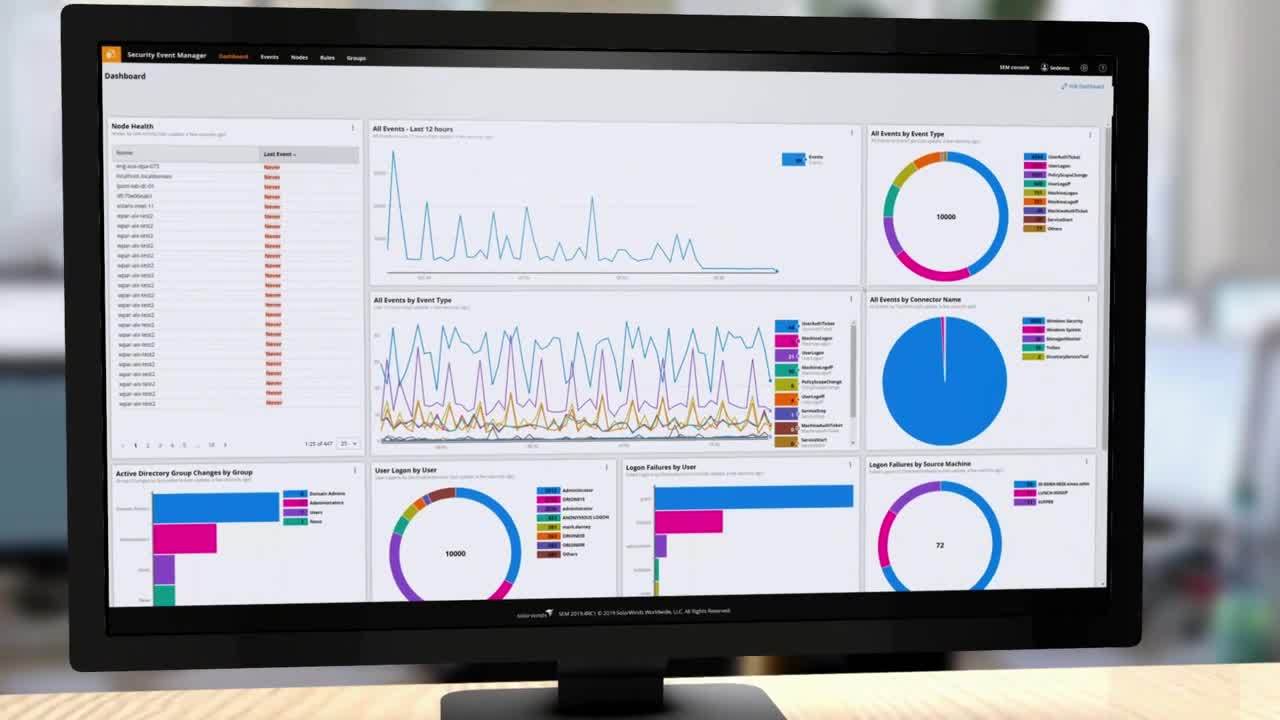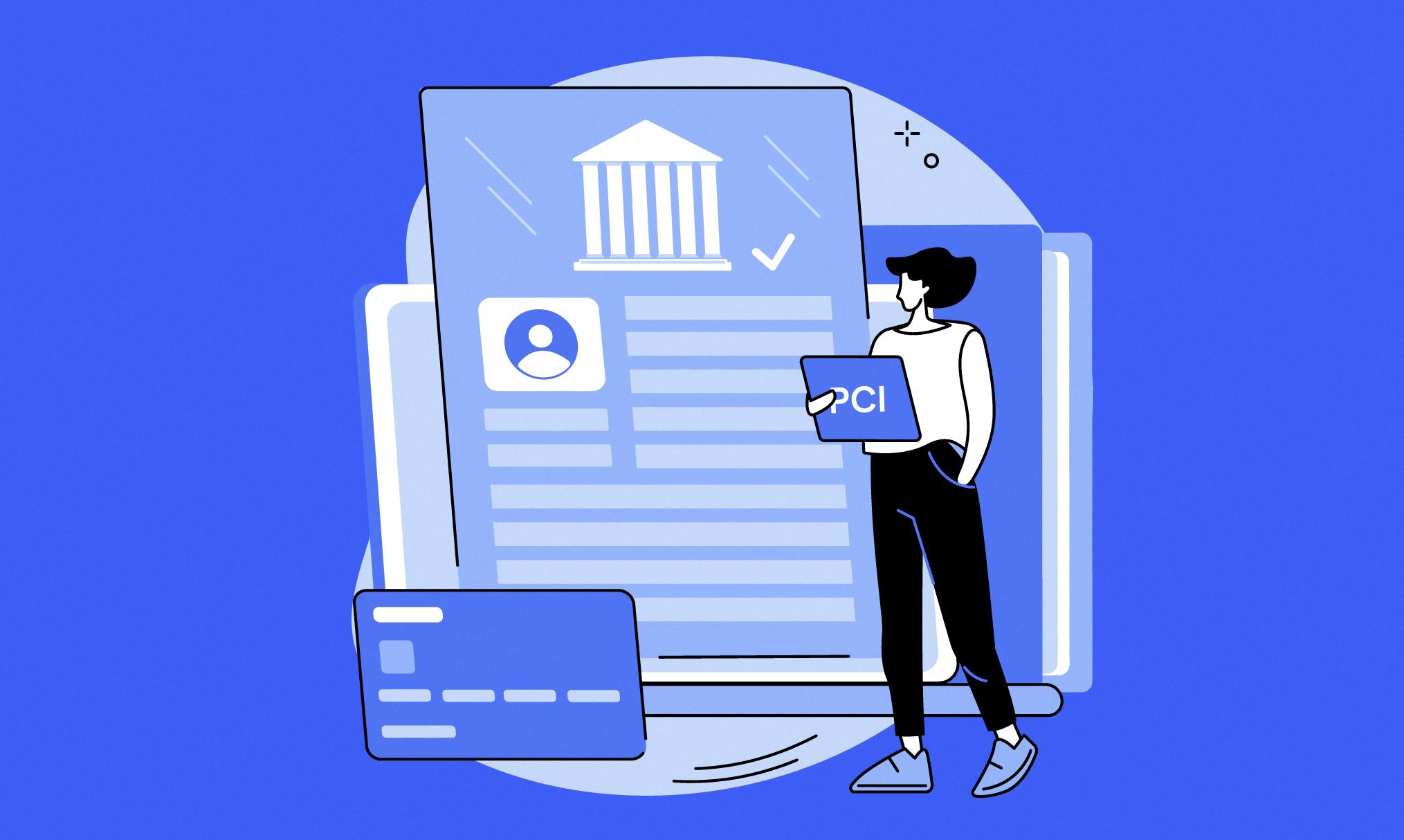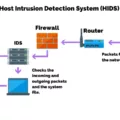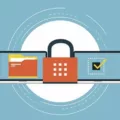PCI compliance software is a must-have for any business that handles credit cards, debit cards, and other payment card data. It helps organizations comply with the Payment Card Industry Data Security Standard (PCI DSS), which is a set of security guidelines designed to protect customer data. It also helps organizations avoid the costly penalties and fines associated with failing to meet PCI DSS requirements.
For an organization to become PCI compliant, it must complete three steps: assess its systems and practices for security; scan its networks; and eliminate back-and-forth manual processes. Assessments give organizations an understanding of how secure their systems are, while scans identify any potential vulnerabilities in the network used to process payments. Eliminating manual processes helps ensure accuracy and efficiency in PCI compliance efforts.
Help organizations become PCI compliant, there are many different types of software on the market. Some software is free and open source, while others require a monthly or yearly subscription fee. The most comprehensive solutions include features such as unlimited plugins, continuous data collection tools, real-time reporting capabilities, and automated workflows to help manage compliance tasks.
When selecting the software for PCI compliance purposes, it’s important to look for solutions that have been approved by the Payment Card Industry Security Standards Council (PCI SSC). This ensures that the software meets all relevant standards and has been tested for security vulnerabilities. It’s also important to consider how easy it is to use the software – make sure it’s user-friendly so that you can quickly learn how to use it correctly and efficiently complete tasks related to PCI compliance.
Overall, using PCI compliance software is an essential part of staying compliant with industry standards for payment card data security. It can help businesses avoid costly penalties and fines associated with failed compliance efforts while streamlining their processes and ensuring accuracy in their security measures.

Understanding PCI Compliance Software
PCI compliance software is a specialized program that helps organizations handle credit card data and other payment card data securely. It ensures that the organization is in compliance with the Payment Card Industry Data Security Standard (PCI DSS), which is a set of security standards created by major credit card companies to protect customer data and prevent fraud. The software can help IT teams identify potential vulnerabilities and provide guidance on how to address them, as well as monitor the system for any suspicious activity. Additionally, it can provide reports on current compliance status and alert administrators when changes need to be made in order to remain compliant. With PCI compliance software, organizations can reduce the risk of costly penalties and fines associated with non-compliance.

Source: ebizcharge.com
Achieving PCI Compliance
Getting PCI compliant is an important step for any business that processes, stores, or transmits credit card information. To become PCI compliant, you need to meet the requirements set out by the Payment Card Industry Security Standards Council (PCI SSC). This means implementing a range of security measures and processes to ensure the safety and integrity of customer data.
The first step is to become familiar with the PCI Data Security Standard (DSS), which outlines 12 core requirements for secure payment processing. These include procedures such as securely storing cardholder data, regularly monitoring systems and networks for vulnerabilities, and having strong access control measures in place.
Once you have implemented all of the necessary controls and procedures, you will need to complete a Self-Assessment Questionnaire (SAQ). This is an assessment designed to verify that your payment systems comply with PCI DSS requirements. Depending on your business size and setup, there are different SAQs available – make sure you choose the one that’s most appropriate for your needs.
Finally, you must also perform a Network Vulnerability Scan by a certified scanning vendor. These scans detect any potential weaknesses in your system so they can be addressed before malicious actors can exploit them. Once you’ve completed these steps and passed all necessary assessments, you will be PCI compliant.
Automating PCI Compliance
PCI compliance automation is a process of streamlining the collection and reporting of information related to Payment Card Industry Data Security Standard (PCI DSS) compliance. By automating the process, organizations can reduce their PCI DSS compliance legwork, save time and resources, and ensure accuracy of the data collected.
Automating PCI compliance involves implementing a suite of technologies such as continuous monitoring tools, automated scans, ticketing systems, and audit logs to collect data related to PCI DSS requirements. This data is then mapped into a centralized framework to provide visibility into the organization’s payment card environment and provide evidence of its compliance with PCI standards. Automated tools also help organizations stay on top of changes in their environment that could affect their PCI compliance status.
Organizations can also take advantage of plugins such as those offered by Credible Data which allow them to integrate existing systems with their centralized framework for automated collection and reporting of relevant data. This helps organizations streamline their PCI-DSS compliance requirements without having to manually enter information or jump between applications or processes.
The ultimate goal is to eliminate back-and-forth processes between the organization, its auditors, and other stakeholders so that it can quickly demonstrate its compliance with the necessary regulations. Automating PCI-DSS compliance allows organizations to remain compliant more efficiently while freeing up resources for other initiatives.
Becoming PCI Compliant for Free
Becoming PCI compliant for free can be achieved with a combination of appropriate planning, implementation, and maintenance.
1. Building a Secure Network: The most important step in becoming PCI compliant is ensuring that the network is secure. This includes installing secure firewalls, encrypting data transmissions, and regularly patching the system to prevent any malicious access. Additionally, it’s important to use strong passwords and two-factor authentication to protect access to the system.
2. Developing an Information Security Policy: Developing an information security policy can help ensure that all users are aware of their responsibilities when it comes to protecting sensitive data and preventing unauthorized access. This policy should outline specific procedures for users, such as password changes, and detail what actions should be taken in the event of a security breach or suspicious activity.
3. Testing and Monitoring Your Network: Regularly testing and monitoring your network is essential for keeping your system safe from malicious actors who may be looking to exploit any vulnerabilities present in your system. This can include regular vulnerability scans or penetration tests to identify any potential weaknesses in the system that may need to be addressed before they can be exploited by attackers. Additionally, you should also have systems in place that monitor user activity on the network for any suspicious behavior that could indicate potential threats or breaches in security.
4. Maintaining Appropriate Documentation: Finally, it’s important to maintain appropriate documentation regarding your network security measures so that you have evidence of compliance with PCI standards in the event of an audit or investigation into your operations. This includes keeping records of all changes made to your system as well as any reports produced from testing activities performed on your network security measures.
By following these steps, you will be well on your way toward achieving PCI compliance without having to invest significant resources into doing so.
Is PCI Compliance Legally Required?
Yes, PCI compliance is legally required. The Payment Card Industry Data Security Standard (PCI DSS) is a set of security standards designed to ensure that all companies that accept, process, store, or transmit credit card information maintain a secure environment. This is legally mandated by the major card brands (Visa, Mastercard, Discover, and American Express). Any business that stores, processes, or transmits payment cardholder data must be PCI Compliant in order to protect their customers’ information and remain compliant with the law. If a business fails to comply with these standards, it can be subject to fines and penalties from the card brands and face potential legal action from customers whose data may have been compromised.
PCI Standards
The Payment Card Industry Data Security Standard (PCI DSS) is a set of security standards designed to ensure the safe handling of cardholder information by merchants and service providers. The PCI DSS consists of four core standards:
1. Build and Maintain a Secure Network: This standard requires merchants to install and maintain a secure network, including firewall configurations, to protect cardholder data.
2. Protect Cardholder Data: This standard requires merchants to protect cardholder data by creating physical and logical security measures such as restricting access, using encryption, and monitoring networks for unauthorized access.
3. Maintain a Vulnerability Management Program: This standard requires merchants to regularly assess the security of their networks for vulnerabilities that could lead to breaches in security.
4. Implement Strong Access Control Measures: This standard requires merchants to limit access to cardholder data only to those with a legitimate business need-to-know. Merchants must also regularly monitor activity on their networks and respond promptly if suspicious activity is discovered.
How Long Does it Take to Achieve PCI Compliance?
The time it takes to become PCI compliant depends on the complexity of your systems, the size of your company, and how long you take to complete the self-assessment. Generally speaking, it can take anywhere from one day to two weeks for a business to become fully PCI compliant.
If your company is relatively small, with a limited number of systems and easy-to-understand processes, then becoming PCI compliant may only take a few days. This includes completing the self-assessment questionnaire, understanding the other requirements of compliance, and putting in place security measures such as firewalls and encryption protocols.
For larger companies with more complex systems and processes, achieving full PCI compliance can be more challenging. It may take one or two weeks to complete all the steps of the self-assessment process and establish appropriate security measures for all systems.
It is also important to remember that PCI compliance is an ongoing process that requires regular testing and updates to ensure that all systems remain secure. Companies should work with their PCI Qualified Security Assessors (QSA) on an ongoing basis in order to maintain their status as fully compliant.
Conclusion
In conclusion, PCI compliance software is an essential tool for any organization that handles credit card data or other types of payment card data. It can help organizations become compliant with the Payment Card Industry Security Standards Council and avoid costly penalties and fines associated with failed compliance. Through the use of this software, businesses can build a secure network, develop an information security policy, test and monitor the network, maintain appropriate documentation, and eliminate back-and-forth PCI-DSS automation. Ultimately, using PCI compliance software is an effective way for businesses to ensure that their customer’s payment card data is secure and protected from malicious actors.








